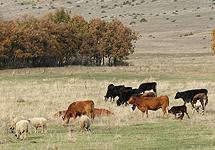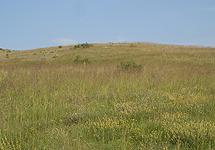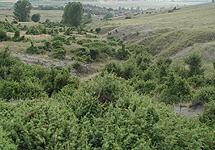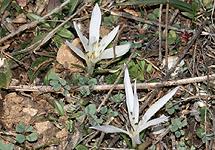HNV Farming & Biodiversity
Bessaparski Hills (Bulgaria)

Natura site name: Bessaparski Hills
Natura Code: BG 057
Characterisation: A chain of karst hills situated in the northern fringes of Western Rodopi Mts. surrounded by extensive and semi-intensive arable land and forested mountains. The extensive grazing on the hills’ low productive pastures as well as on abandoned former arable lands creates rich plant diversity and a good feeding base for birds of prey.
Text: Y. Kazakova & V. Stafanova
© Photos: G. Popgeorgiev















